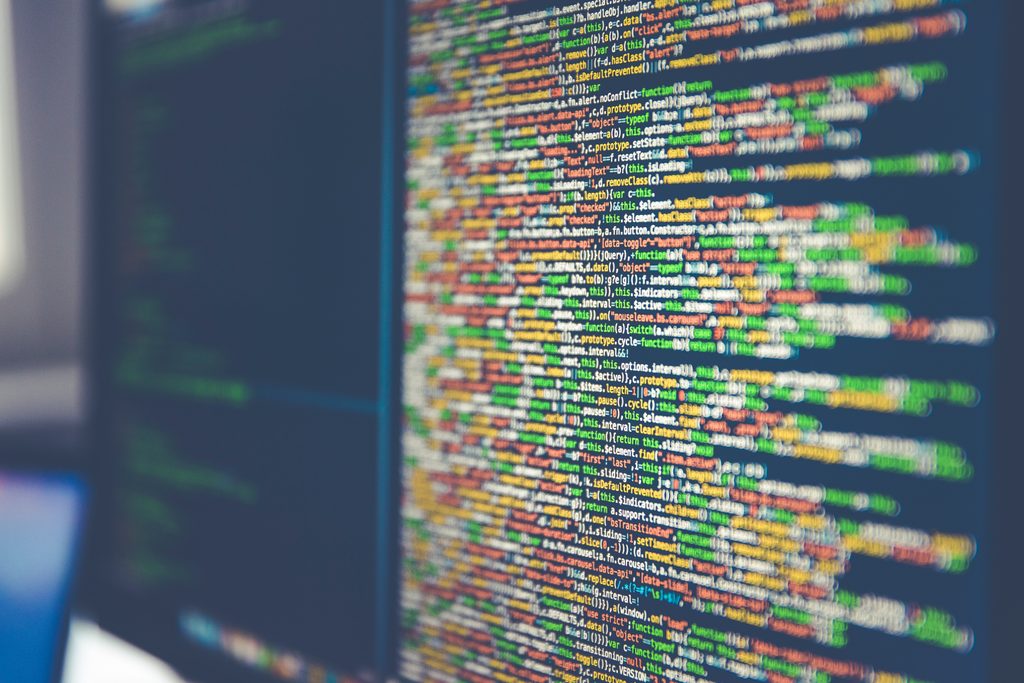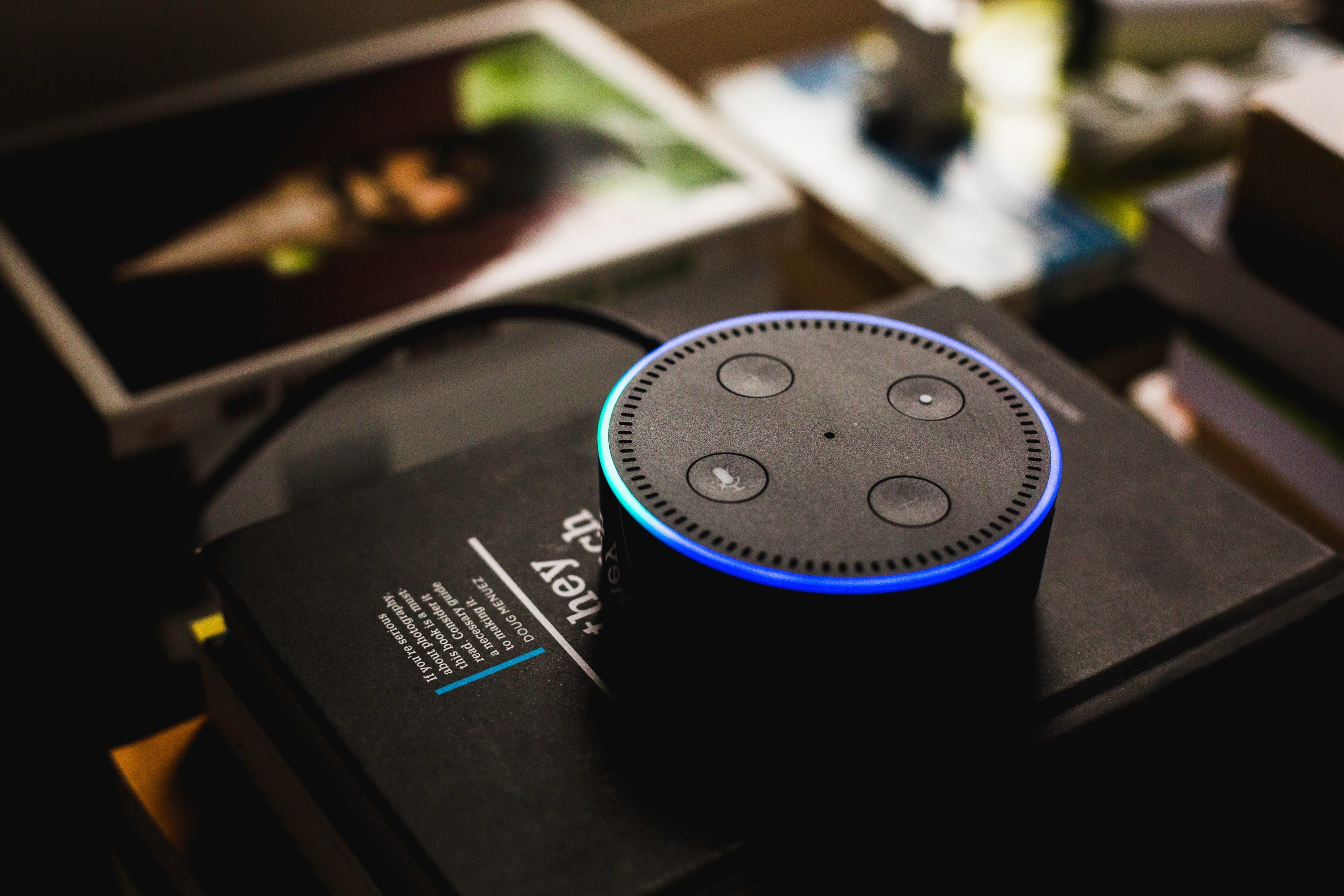Welcome to the age of technology -- where everything is always being upgraded and new versions of programs and apps are constantly being rolled out. It might be hard to believe that it wasn't too long ago when we were first introduced to the World Wide Web, back in the nineties. That very first version of the internet was, effectively, Web 1.0 and it was basically compiled of static web pages that were connected together via hyperlinks.
With this original version, the majority of people were consumers of content rather than creators of it. In fact, the main purpose for Web 1.0 was to share information from one computer to another without having to physically copy the information onto disks and drives.
After a few years of technological advancements, however, we got bumped up to Web 2.0, which is what we are most familiar with. In this version the internet now became a platform which hosted a variety of social media sites. Software applications were now built upon the web, instead of on the desktop. It became the means for individuals to communicate with online platforms and publish and distribute content of their own.
Now, instead of being merely consumers of content, people became the creators of content. Web 2.0 became known as the social web due to its interactivity. The shift from Web 1.0 to Web 2.0 didn't happen overnight, rather it was a gradual process that started at the end of the nineties and progressed over the next few years. In 2003 the new kid on the block took over and by 2006 Web 2.0 was in full bloom.
Hang on to your keyboards, though -- it doesn't end there ...
What Is Web 3.0?
Simply put, Web 3.0 is the third version of the internet. What it does is to interconnect data in a decentralized way that will effectively deliver a much faster and more personalized user experience. Unlike Web 2.0, this new version makes use of the blockchain security system in order to keep all your personal information and data secure and safe.
The goal of Web 3.0 is to bring about a decentralized internet that has open and connected intelligent websites and applications. It aims to do this by putting to use blockchain technology and AI (artificial intelligence) to create a more data-driven and Semantic Web. This new Web 3.0 is already impacting technology in ways you may not be aware of.
For instance, a smart home appliance that makes use of wireless networks and the Internet of Things (IoT) is an example of that impact. Appliances such as Alexa, Amazon Echo and Google Nest all make use of technology impacted by Web 3.0.\
The Semantic Web is meant to categorize and store information in such a way that it will teach a computer what the data means. Once it has done this, then AI will take that information and use it in order to generate and share better content. Web 3.0 aims to be more focused on the use of technologies such as AI and machine learning to provide content for users that are relevant to their searches.
Added to this, Web 3.0 means to give users control over their own personal information instead of handing that information over to big tech companies like Facebook and Google when using their services. Data would be stored on the network instead of on servers, making it harder for companies to manipulate or control said data.
While Web 2.0 is similar and has some of the same capabilities, it is still largely human based, which means it is subject to corrupt behavior. Web 3.0, on the other hand, is based on AI and machine learning and therefore not subject to such behavior.
Getting to Know the Pros of Web 3.0
Now that we know what it is, let's take a look at some of the benefits of this new Web 3.0:
Transparency -- Users will be able to track their data and information at all times and will have full access to the source code of the platforms which they want to utilize. These blockchain platforms will allow for open design and development process. This will eliminate the need for a user's dependency on the organization that developed the platform.
Data ownership and Accessibility -- Instead of having your data owned and controlled by big tech companies, you will now be in complete control of all of your data and information. You will get to choose which information you wish to share with businesses and advertising companies.
Less Intermediaries -- Companies will be directly connected to customers and there will be fewer (or none at all) central authorities that will receive earnings from financial/electronic transactions.
More Efficient and Personalized Web Searching -- Thanks to AI, your internet searches will become more efficient and personalized based on your preferences rather than on the most popular web pages that people generally go to. Websites will be better able to recognize your preferences.
Better Marketing -- With the use of AI, marketers will be able to better understand the buying needs of the consumers. This will ensure that they can display the products and services you are most interested in. Consumers will also see advertisements that are more relatable and useful. Uninterrupted and Seamless Services -- With the use of decentralized data storage, users' data will be accessible in any circumstance. Multiple backups will be beneficial to the users in the event of server failures. In addition to this, no organization or entity will have the ability to close down or stop any service or website. Thus account suspension due to technical issues or other reasons will be minimized.
And a Few Cons with Web 3.0
Whilst we may want to always see the glass half full, we need to be aware that there are going to be some cons to weigh up against the pros:
Advanced Devices Will Be Needed -- Due to the advanced nature of the technologies which will be employed in Web 3.0, such as 3D graphics and semantic data, most of the older devices will be unable to access Web 3.0. Users will need to have devices with above average specifications in order to run Web 3.0.
Difficult to Regulate -- Another point against it is that due to its being decentralized, the new Web 3.0 will be harder to regulate and monitor. This could lead to a rise in cybercrimes and online abuse, which is a serious concern. Especially since policing these crimes would be increasingly hard to do due to the lack of centralized control. The same technology that is destined to protect users from central surveillance, may thus also offer protection to criminals.
Web 1.0 Sites Will Become Almost Obsolete -- With the new technology, all the old Web1.0 websites will become completely outdated and almost obsolete. Unfortunately, the old technology won't be capable of upgrading its features to match the new technology.
Complicated Functionality Makes It Harder to Understand -- If you think the internet is hard to understand today, wait until you see the new and improved web. It uses a combination of cutting edge technologies such as blockchain and AI, along with the older generation web tools. Overall it will be technically savvy users who will be able to get the most out of this new version. This means that for the general user it is going to be not only harder to understand but also not as easily accessible due to the need for higher than average specifications.
Not Ready for Roll Out Yet -- While it makes use of more advanced technology and is more intelligent, accessible and efficient, these are the very things which are keeping it from being ready for complete and widespread roll out. A lot more work and preparation on current technology and privacy laws will be needed to ensure the user's needs are met in all fields such as data use and management.
Existing Websites Will Need to Be Upgraded -- Companies will have to look at upgrading their websites to keep up with the new edge of Web 3.0 technology. Businesses will feel the pressure to upgrade their digital offerings and applications to keep up with the more advanced Web 3.0 in order to keep their existing customers.
Web3 (Web 3.0) In A Nutshell
Whether we like it or not, technology is evolving and changing and it won't be long before Web 3.0 makes a substantial debut. With its arrival will come a more immersive and interactive web that will be powered by AI and blockchain. It is an evolution about how general users will be able to own their own creations and content online, as well as their online identities and digital assets.
Whilst change is often hard to accept and embrace, in the case of Web 3.0, the change might be for the better. It's early stages yet, and a lot more still needs to be developed but the change will inevitably come. The question will be if you are ready to embrace it or not.
As always, if you're needing any kind of additional help understanding what Web 3.0 is and it can be used, consider reaching out to HelpCloud technicians for remote support.



